
Learn more about the history and different styles of India Pale Ales.
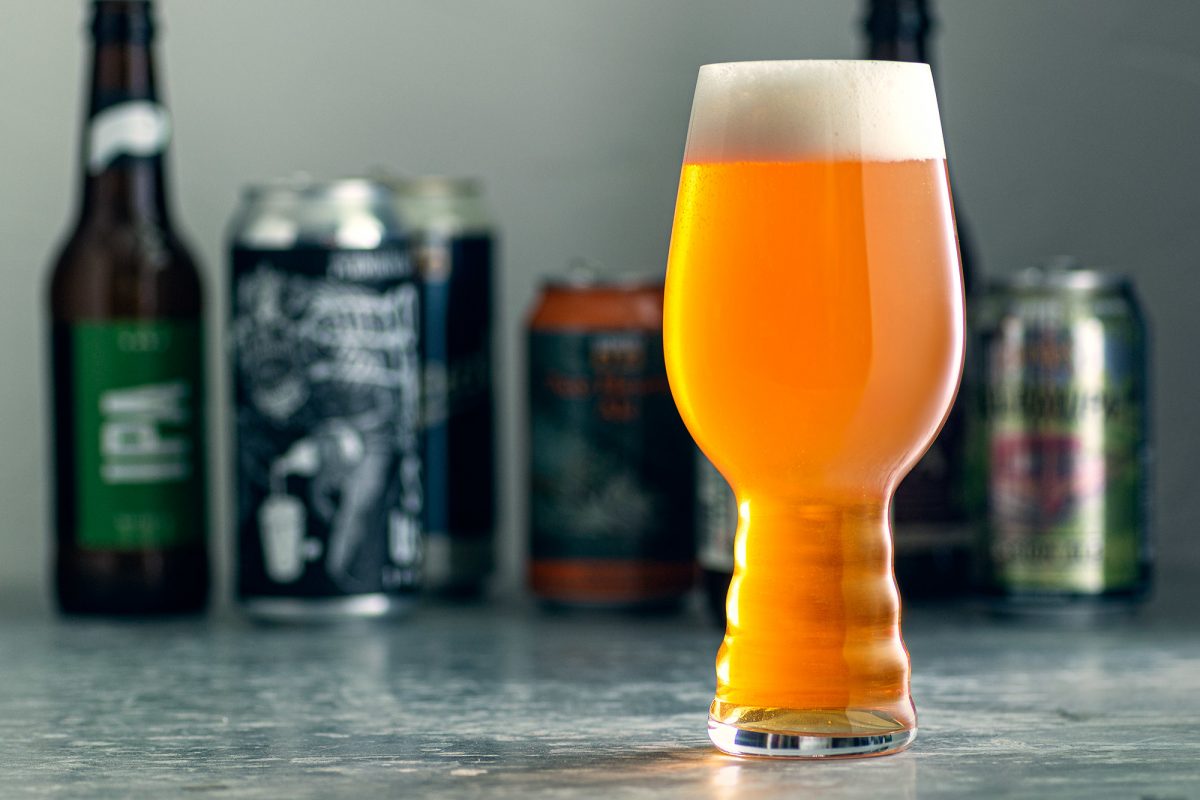
India Pale Ale (or IPAs) is the prototypical style of craft beer. Every brewery has at least one IPA on their draft menu, and mentioning the phrase “craft beer” to the uneducated drinker likely conjures up thoughts of a hop-forward IPA beer with piney or citrus notes.
On top of its popularity, IPAs can be a polarizing topic for some beer drinkers. Some folks shudder at the thought of drinking a bitter and hoppy IPA, while others will go out of their way to try every IPA ever made (the hoppier the better). You probably even have that one “hophead” friend that wants you to try the latest “triple dry hopped grapefruit and hemp infused imperial hazy IPA” he just got from a brewery two states over that he waited in line for six hours to get.
No matter where you fall on the spectrum, there’s no denying the style dominates the shelves at your local craft beer retailer and the taps at your favorite brewpub. Let’s take a look at the history of IPAs, and some of the new types of IPAs that have evolved as the craft beer revolution has taken hold in America.
Why is it called India Pale Ale?
When telling the story of how the style of beer we know as India Pale Ale came to be, we need to separate legend from fact.
The popular origin story is that in the late 18th century George Hodgson, a brewer at the Bow Brewery in East London, began sending his pale ale to India packed with extra hops and an increased alcohol content. Both the hops and high alcohol helped to preserve the beer during its long sea journey from England to India. This created a bitter and stronger pale ale that was more refreshing in the hot Indian climate compared to the dark ales and porters that were popular in London. And lo and behold the India Pale Ale was born….
While that makes for a great brand story, it is a simplified version of what really happened.
It is true that English breweries struggled to find a way for their beer to survive the voyage from England to British colonies in India as well as the Caribbean. Beer stored in large casks, called hogsheads, would spoil and go flat during the journey as it was exposed to warmer temperatures all while being jostled in the ship’s hull during transport. Various methods were conceived for how to deliver a product that would reach its final destination in a drinkable state.
By the 1760s, breweries learned that adding extra hops to all of their beers helped fortify them for the voyage to the warmer climates. Not only were they adding hops to pale ales, but also porters and ales. The beer being exported wasn’t much stronger in alcohol content either.
While George Hodgson may have not been the first brewer to come up with the concept, he was the first to achieve a large amount of distribution in India. The Bow Brewery was popular with East India Company traders thanks to the brewery’s proximity to East India’s docks as well as the fact that Hodgson sold the beer with a credit line of 18 months.
The East India Company eventually grew tired of Hodgson’s unscrupulous business practices, and began looking for new brewing partners. They found some in Burton upon Trent where the brewers there had lost their valuable export markets in Russia after it was banned by the Tsar. The Allsopp, Bass and Salt breweries improved on Hodgson’s recipe for hopped pale ale, and took over the Indian market.
By the early 19th century “pale ale prepared for the India market” was gaining in popularity as exports increased as well as hopping levels. The first known recorded mention of the phrase “India Pale Ale” came in 1835 in an edition of the Liverpool Mercury. Beer drinkers in England eventually got to taste this export style of pale ale by the 1830s, and by 1840 the India pale ale became one of England’s best selling beers.
The popularity of India pale ales waned in England by the start of the 20th century as new styles entered the market as well as increased taxes on higher gravity beers. That would be the end of the story until the early beginnings of the craft beer revolution in America during the 1970s & 80s.
Brewers in America revived the original recipes created 150 years earlier in England while adding new styles of hops created here. The result was the first examples of American IPAs. From there creativity took over with brewers as they added more and newer hops and upped the alcohol content. This led to the various styles of IPA that we enjoy today, and there are still new ones being created.
IPA Style Guide
English-Style IPA

These beers are the closest you’ll get to experiencing the original India pale ales that were exported to the British colonies. If you are a regular drinker of American IPAs, then the first thing you will notice is that English IPAs have less intense hop flavor and are more balanced by the malt in the beer. Colors range from golden to deep amber with an ABV range of 5-7%.
Examples of English-Syle IPA
- Goose Island - Goose IPA (5.9% ABV)
- Great Lakes Brewing - Commodore Perry (7.7% ABV)
- Thornbridge Brewery - Jaipur IPA (5.9% ABV)
American IPA

Brewers created this popular style of IPA using varieties of hops engineered in the United States during the late 20th century. American IPAs can be divided into two camps: West Coast IPA and East Coast IPA.
The first American IPAs were created on the West Coast with new hop varieties, such as cascade and chinook. These beers are very hop forward with piney, floral and citrus notes and a strong bitterness. More recently, East Coast IPAs have arrived from breweries in New England that have balanced the strong hoppiness with an equally strong malt component. American IPAs range in ABV from 5.5-7.5%.
Examples of American IPA
- Bell’s Brewery - Two Hearted Ale (7.0% ABV)
- Ballast Point - Sculpin IPA (7.0% ABV)
- Dogfish Head Brewery - 60 Minute IPA (6.0% ABV)
Imperial IPA

In a quest by brewers to “out-hop” the other, the imperial IPA or double IPA was born. These beers have their hoppiness cranked up to 11. To balance the hops, brewers used more malt, which created a higher alcohol content. These beers have a strong hop flavor and aroma with floral, piney, resinous and citrus notes. A boozy flavor may be present depending on the alcohol content. The minimum ABV for a Double IPA is 7.5%, and climbs as high as 11%.
Examples of Imperial IPA
- Russian River Brewing - Pliny The Elder (8.0% ABV)
- Victory Brewing - DirtWolf (8.7% ABV)
- Dogfish Head Brewery - 90 Minute IPA (9.0% ABV)
Session IPA
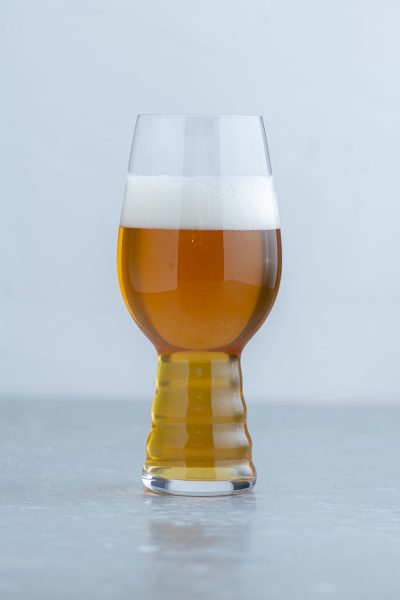
The only bad thing about 10% double IPAs is the fact that you can’t drink more than one or two before needing to take a break. This started another evolution in the history of IPAs at the start of the 2010s. Breweries began creating IPAs that have the classic hop-forward flavor, but with an alcohol content more in line with popular American lagers. With an ABV of around 5%, you can enjoy multiple beers in one sitting or session.
Examples of Session IPAs
- Founders Brewing - All Day IPA (4.7% ABV)
- Stone Brewing - Go To IPA (4.8% ABV)
- Otter Creek Brewing - Over Easy (4.6% ABV)
Belgian IPA
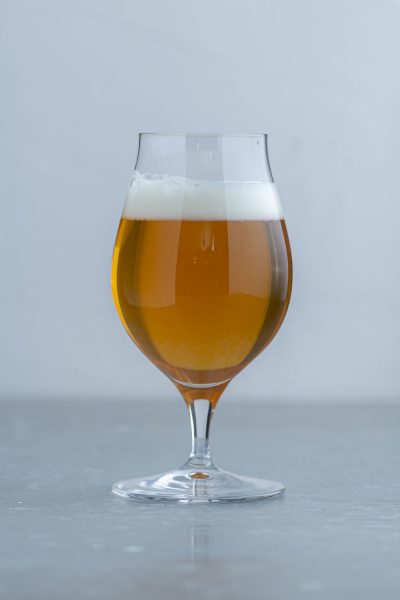
This is a hybrid of two very popular styles of beers. These IPAs have been brewed with Belgian strains of yeast, which give it the clove and spicy notes you’d find in a Belgian tripel or hefeweizen, mixed with hop flavors and aromas that are typical in an IPA. ABV for Belgian IPAs range from 6.5-9%.
Examples of Belgian IPA
- Flying Dog Brewery - Raging Bitch Belgian-Style IPA (8.3% ABV)
- Lagunitas Brewing - Little Sumpin’ Wild (8.8% ABV)
- Brasserie d'Achouffe - Houblon Chouffe (9.0% ABV)
New England IPA
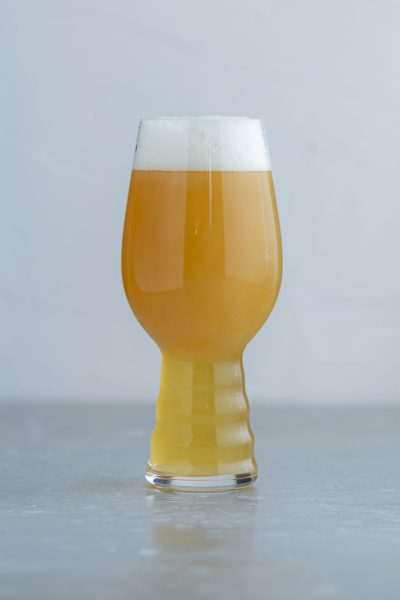
The hottest style of IPA currently on the market, New England IPAs are also known as Hazy IPAs. The haze comes from the fact that they are unfiltered and often include the addition of wheat or oats. New England IPAs have extremely low bitterness, and a citrus flavor that might remind you of drinking a glass of juice. These will range in ABV from 6.5-9%.
Examples of New England IPA
- Bell’s Brewery - Official Hazy IPA (6.4% ABV)
- Sloop Brewing - Juice Bomb (6.5% ABV)
- The Alchemist - Focal Banger (7.0% ABV)
Milkshake IPA
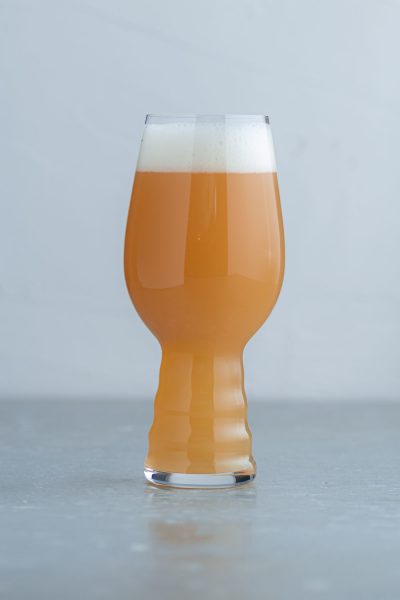
Milkshake IPAs or Lactose IPAs are another style of IPA that has become trendy as of late. These IPAs add lactose as well as oats, fruit and/or vanilla during the brewing process. The lactose gives the beer a sweeter taste and a creamy mouthfeel. Vanilla can enhance the milkshake experience while fruit can provide a smoothie-like experience. They possess the same hazy appearance as a New England IPA. Milkshake IPAs feature an ABV of around 7%.
Examples of Milkshake IPA
- Abomination Brewing - Only Hell Can Save Us Now (7.2% ABV)
- The Brewing Projekt - RESIST Milkshake IPA (7.0% ABV)
- Tired Hands Brewing - Milkshake IPA - Strawberry (7.0% ABV)
IPA Glassware

There are plenty of options when deciding which kind of beer glassware to use for enjoying your favorite IPA. Your basic pint glass or Imperial pint will do the trick just fine, especially if you are enjoying an English-Style or American IPA.
For more “high octane” styles, such as a Double or Belgian IPA, you’ll want to go with a tulip glass. These will help bring all the wonderful hoppy aromas to the top of the glass for you to enjoy. Tulip glasses tend to hold a little less than a full pint, which allows you to consume higher ABV beers in moderation.
German glassmaker Spiegelau worked with two of the most respected breweries when it comes to IPAs, Dogfish Head and Sierra Nevada, to create an IPA glass designed to enhance the aromatics and mouthfeel of your beer. Rastal’s Teku glass is another fantastic craft beer glass to come out of Germany. It’s design is similar to a tulip glass with a long stem that keeps your hands from warming your beer. Perfect for savoring your IPA of choice.
Tags:

Dave Buchanan
Dave Buchanan has been the Content Writer for Kegworks since June 2019. He has a fondness for craft beer that developed while working for a local beer distributor. Dave also worked for an area sports talk radio station for several years, and continues his broadcasting work as a motorsports announcer and indoor lacrosse reporter.


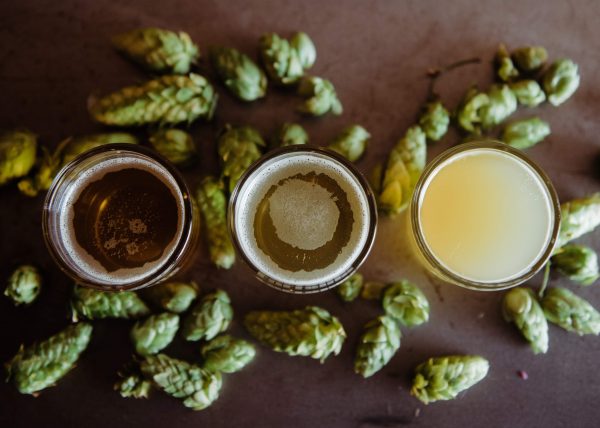
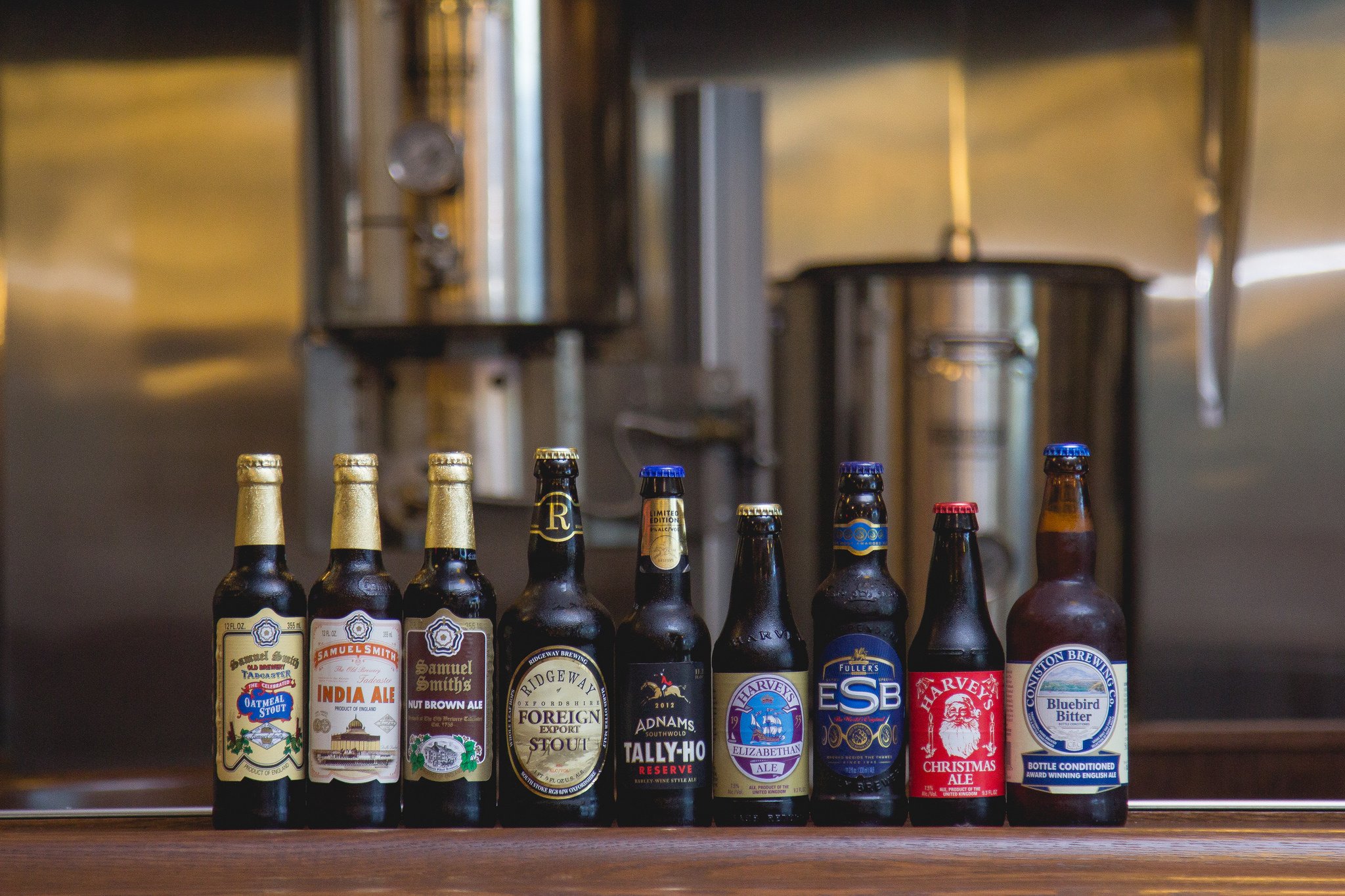
Leave a Comment